NSW Government States It Will Continue With Shark Mesh Program
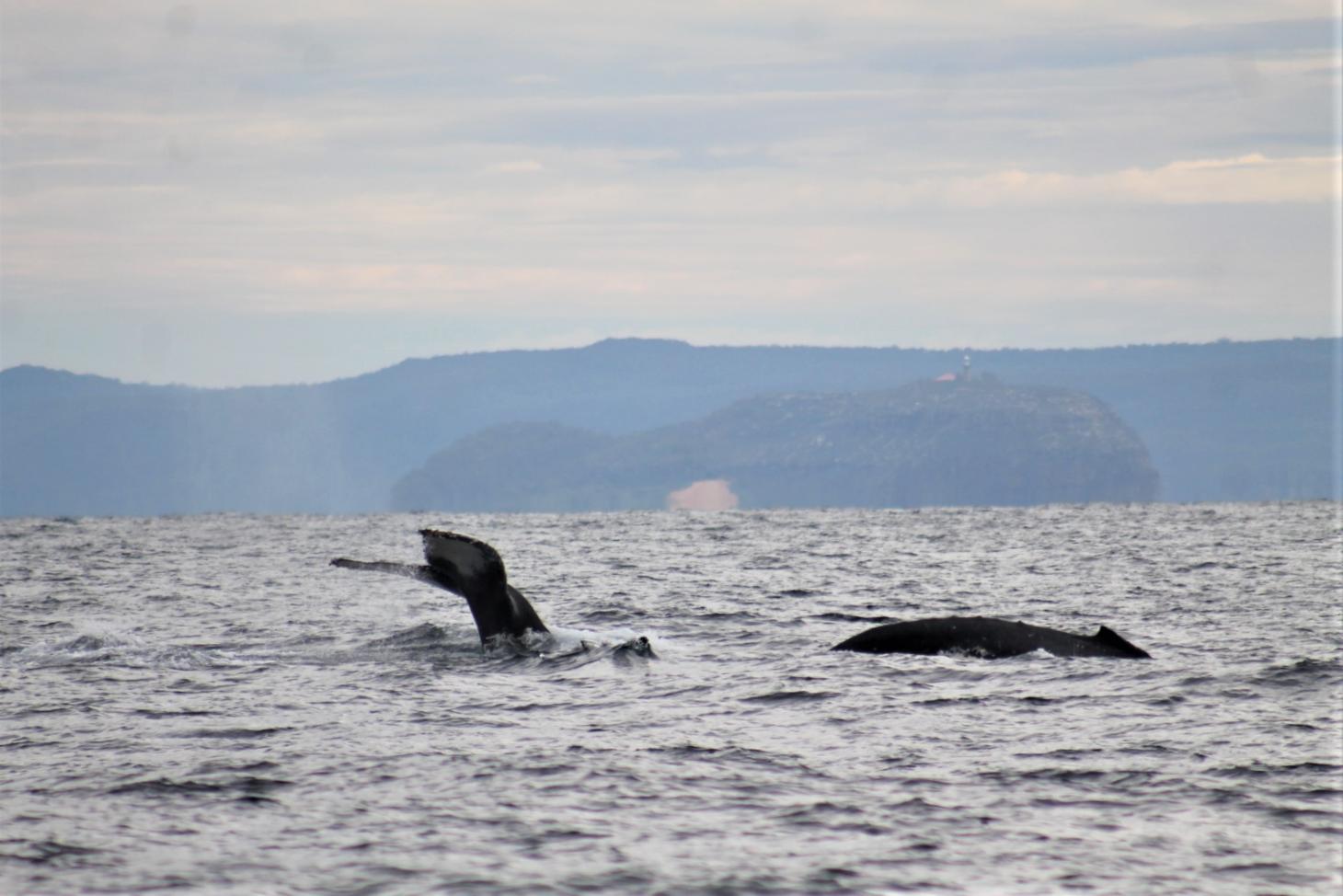
- Nets at 51 beaches across 8 LGAs between Newcastle and Wollongong from 1 September to 30 April each year
- 305 SMART drumlines across the 19 LGAs, including 138 in LGAs with nets
- 37 tagged shark listening stations, including 13 in LGAs with nets
- Surveillance drone patrols at the current 50 beaches across 25 LGAs, including 15 in LGAs with nets
Compared to previous years reports the 2022/23 statistics show a significant drop in non-target species being caught in nets in this area - leading some to state that there is a decline in all marine species in our waters. Valerie Taylor, at a World Ocean Day celebration at Mona Vale surf club in June 2023 said that when she began diving in 1958, she would see enormous numbers of marine creatures in only 3 metres of water. These days you saw none, she said.
Similarly, those who have been fishing in our area for decades recall catching snapper that weighed upwards of 6 1/2 pounds during the 1950's and struggle to catch anything near that size today.
For 'Sydney North' the non-target species were; Australian Angel Shark (1), Bronze Whaler (1), Dusky Whaler (2), Smooth Hammerhead Shark (12), Greynurse Shark (1), Southern Eagle Ray (2), Australian Cownose Ray (2), Bottlenose Dolphin (1), Green Turtle (1), Loggerhead Turtle (1), Leatherback Turtle (1), Yellowfin Tune (1).
For 'Sydney Central' these were Smooth Hammerhead Shark (1), Greynurse Shark (1), Southern Eagle Ray (1), unidentified ray (1), Common Dolphin (2), Loggerhead Turtle (2).
Sydney North comprises the beaches from Palm Beach to Warriewood. Sydney Central runs from Narrabeen to Manly.
The previous 4 year of reports record:
- 2018/19; 395 marine animals with 372 non-target animals - 238 of those 395 died before they could be released, 50 species caught in our area (Sydney North + Sydney Central) - 2 were target animals, 27 died
- 2019/20; 480 marine animals with 50 target sharks and 430 non-target animals - 284 of that 480 died before they could be released, 63 species caught in our area - 4 were target animals, 41 died
- 2020/21; 375 marine animals were caught with 40 target sharks and 335 non-target species - 231 died before they could be released, 76 species caught in our area - 6 were target species, 49 died
- 2021/22; 376 animals caught with 51 target sharks and 325 non-target animals - 234 died, 54 species caught in our area - 5 were target animals, 35 died
A total of 173 marine animals have died in nets in this area in the last 5 shark mesh years.
The available reports from 2012-13 records 49, 27 died, 2013-14 report records 84, 35 died, 2014-15 report records 64, 30 died, 2015-16 report records 151 (lots of rays released - 748 interactions over the whole SMP areas), 43 died in local nets - including a Hawksbill turtle that drowned in the Bilgola net, and 364 overall perished, 2016/17 report records 74, 33 died.
This makes a total of 342 that died in shark nets during the past decade via these available reports.
The reports are missing some data as that, for example, recorded in 2021/22 show nothing recorded for Sydney Central in the Detailed Catch Reports for – 16 March 2022 to 12 April 2022, and nothing recorded under Sydney North during 19 January 2022 to 15 February 2022 and 13 April 2022 to 30 April 2022. Those where there has not been anything caught are recorded as 'nil catch' against that section.
Similarly the the 2018/19 report records no Detailed Catch Report for Sydney Central during 24 November 2018 to 21 December 2018, and no data for Sydney North during 27 October 2018 to 23 November 2018.
A new report, 'Investigation into NSW Shark Meshing Program June 2023' by Envoy Foundation identified "extremely concerning discrepancies in data", including a photo of a bird found in shark nets in 2019 not included in data for the 2018/19 or 2019/20 catch data.
"There is an image of little penguin, also known as a fairy penguin — which are protected in NSW," Mr Borrell said.
"It's an image of a thing that was been pulled out of shark nets, but the animal does not appear in the data. How often does that happen?"
- 59 Critically endangered grey nurse sharks
- 105 marine turtles
- 54 dolphins
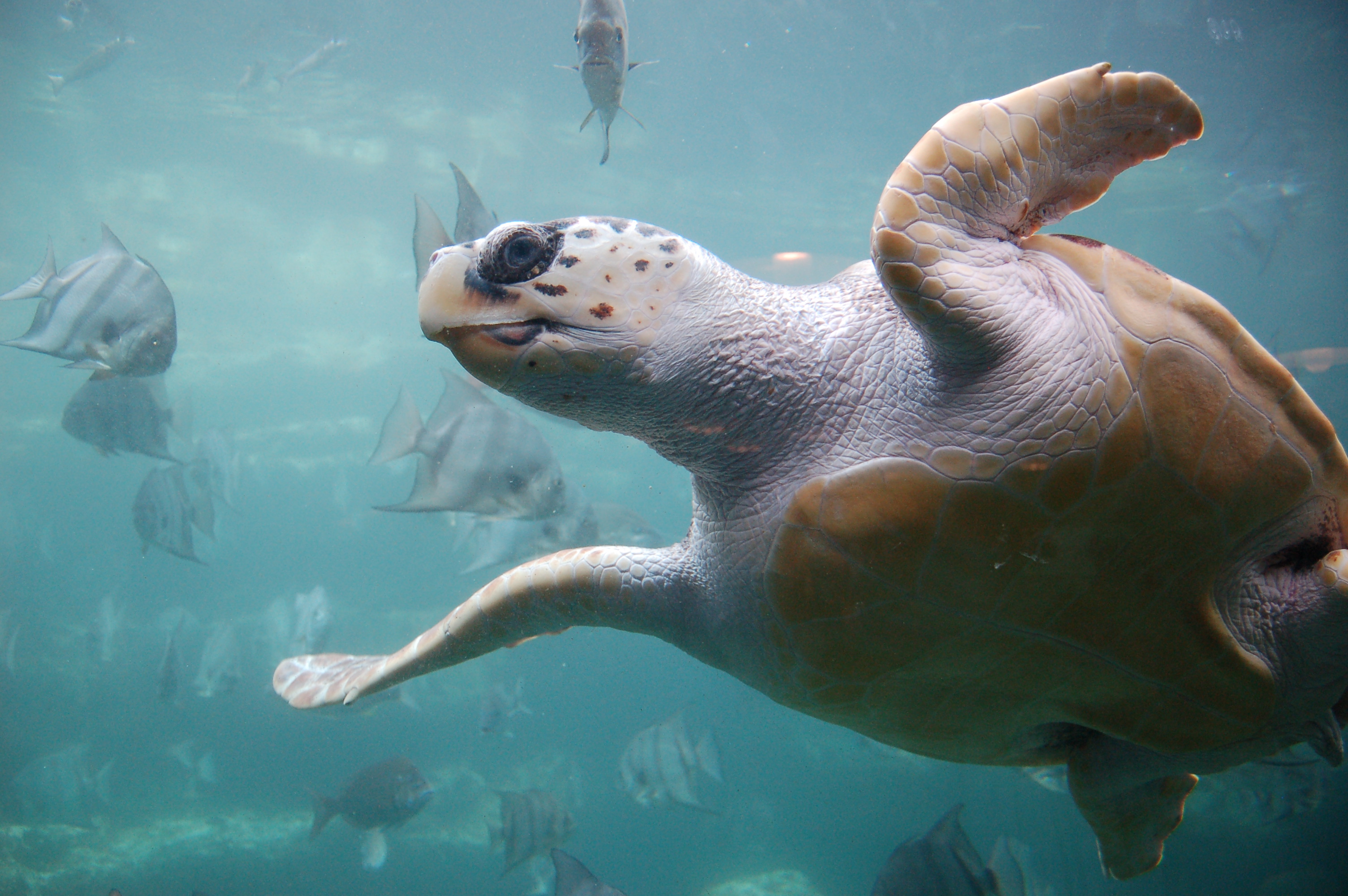
Underside of a loggerhead sea turtle as it swims overhead. Photo: Lance Miller
Previously
- Shark Meshing (Bather Protection) Program 2022/23 Annual Performance Report - 143 Animals Found Dead In The Nets In 2022/23; Trigger Point For The Objective Of ‘Minimising The Impact On Non-Target Species and Threatened Species’ Was Tripped In 2022/23 For 'Seals' - Whales Getting Caught In Nets - Smooth Hammerheads Dying By The Hundreds - August 2023, Issue 593
- June 2023 Report: Investigation Into The NSW Shark Meshing Program Finds Fairy Penguin Killed Not Recorded - Pregnant Shark Killed Not Recorded
- Large Leatherback Turtle Found On Whale Beach: Deceased - March 2023
- Northern Beaches Shark Net Death Trap Continues: Community Calls For Shark Nets Out Now - December 2022
- Manly's Little Penguins: Warden Program Update - October 2022 - calling on community to send in reports of Fairy penguins as they have disappeared from Manly
- Shark Meshing (Bather Protection) Program 2021/22 Annual Performance Report - Data Shows Vulnerable, Endangered and Critically Endangered Species Being Found Dead In Nets Off Our Beaches - August 2022
- Shark Listening Stations + Drumlines Have Been Installed Off Our Beaches - May 2022 Update
- Pittwater's Turtles Impacted By Boat Strikes In The Pittwater Estuary: 4 Knots Speed Limit/Distance To Shore Being Ignored - April 2022
- Juvenile Humpback Whale Caught in Shark Net off Whale Beach Renews Community Calls for Shark Nets to Not be installed until the Southern Migration ends - October 2021
- New Fleet Of Shark-Spotting Drones For New South Wales - July 2020
- NSW Shark Meshing (Bather Protection) Program 2020/21 Annual Performance Report: 90% Of Northern Beaches Marine Animals Entangled Were Not Targeted Sharks, Included are Threatened or Protected Species Mortalities
- Shark Nets Are Destructive and Don’t Keep You Safe – Let’s Invest In Lifeguards - December 2019
- Shark Drumlines Going In Off Our Beaches - September 2019
- NSW DPI's Shark Meshing 2019/20 Performance Report Released
- DPI Shark Meshing 2018/19 Performance Report: Local Nets Catch Turtles, a Few Sharks + Alternatives Being Tested + Historical Insights
- Lion Island's Little Penguins (Fairy Penguins) Get Fireproof Homes - June 2019
- Pittwater's Little Penguin Colony: The Saving Of The Fairies Of Lion Island Commenced 65 Years Ago This Year - April 2019
- Noah's Ark (Shark) Incidents in Pittwater - History insights
- Pittwater Fishermen: Barranjoey Days - History page
Council Calls For Removal Of Shark Nets On The Northern Beaches
Green Turtle Eggs Found Here To Head North
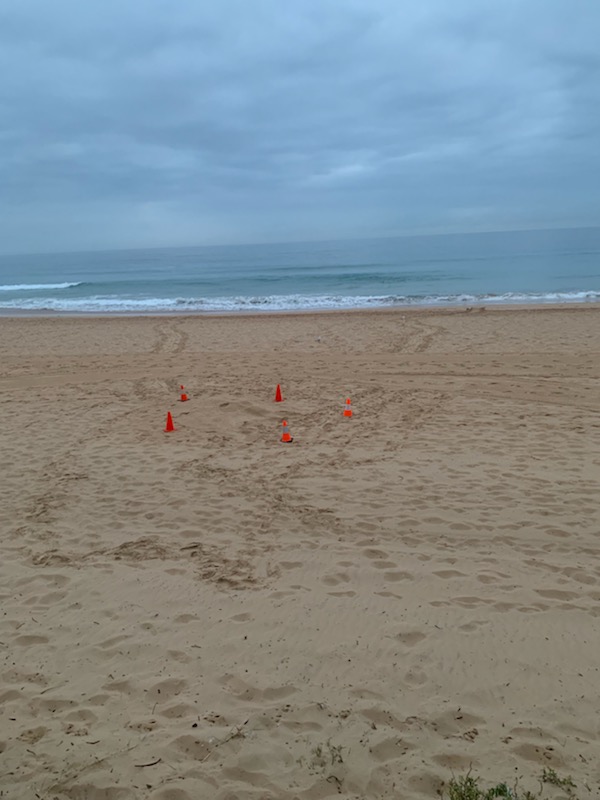
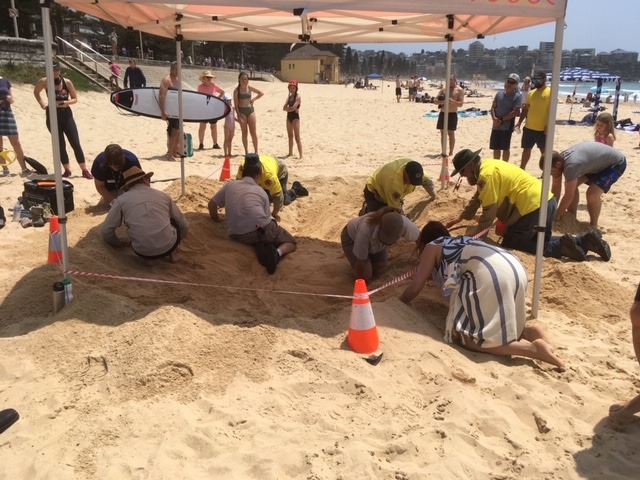
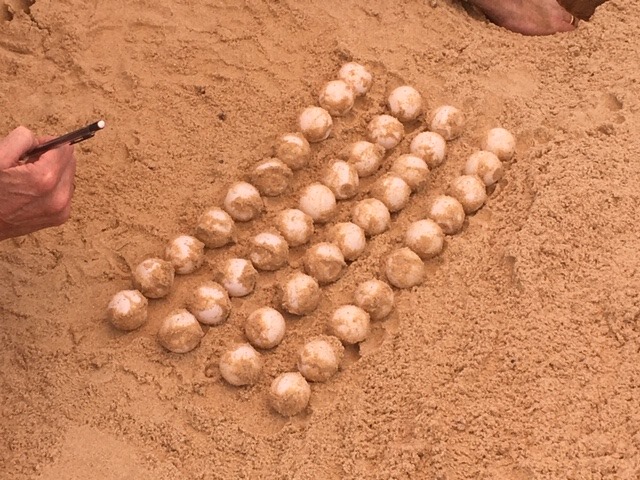
Shark Drumlines Going In Off Our Beaches
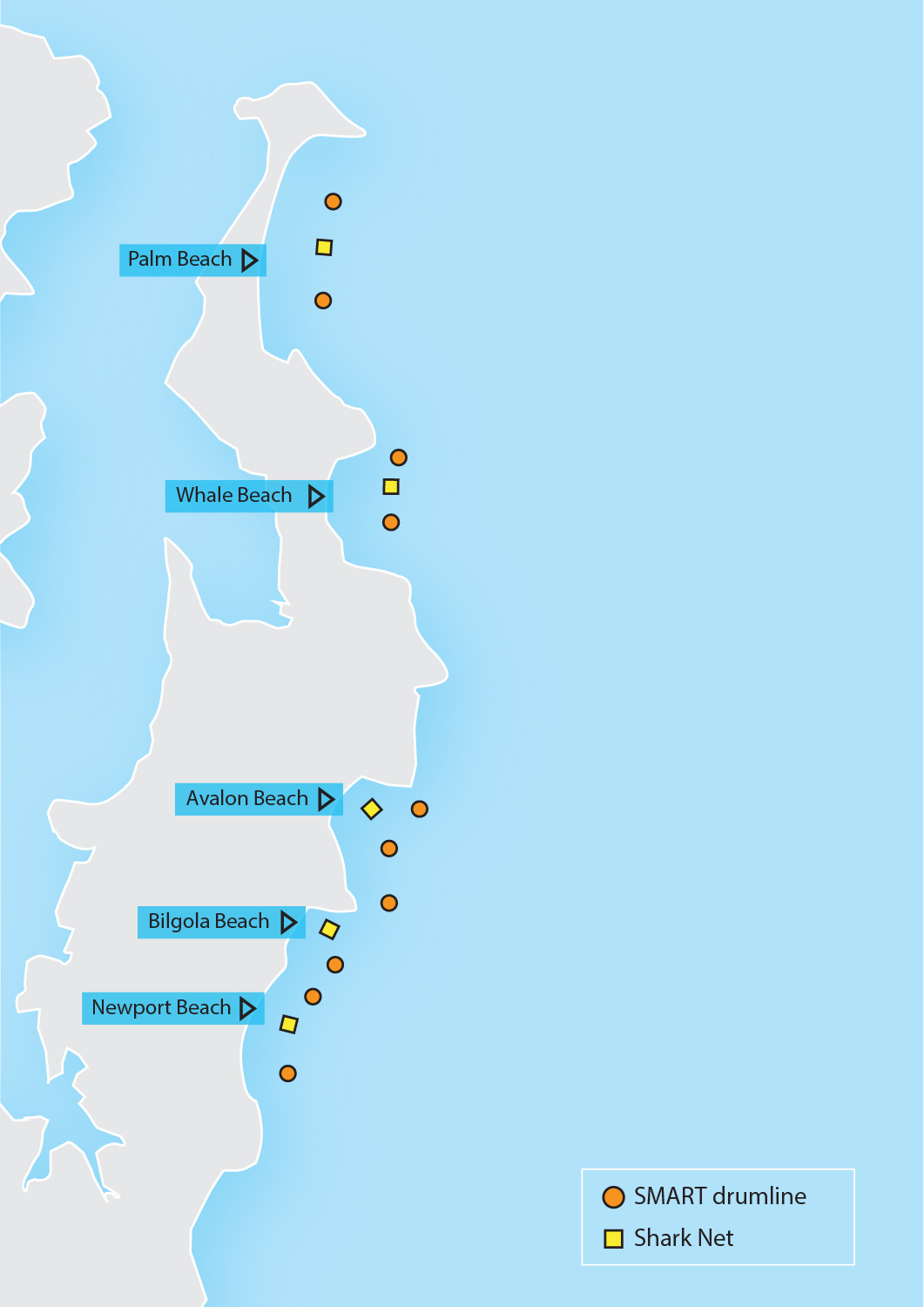
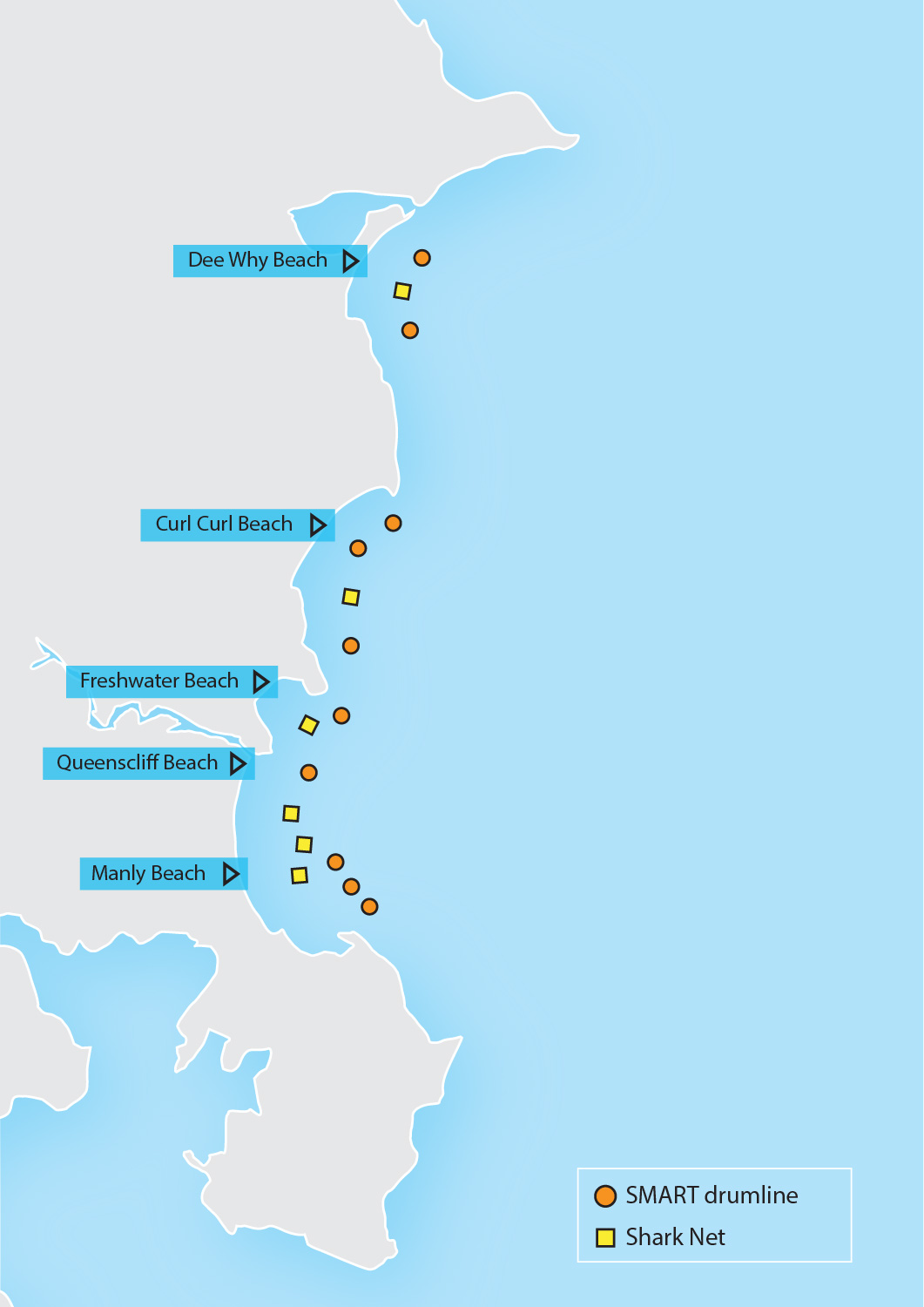
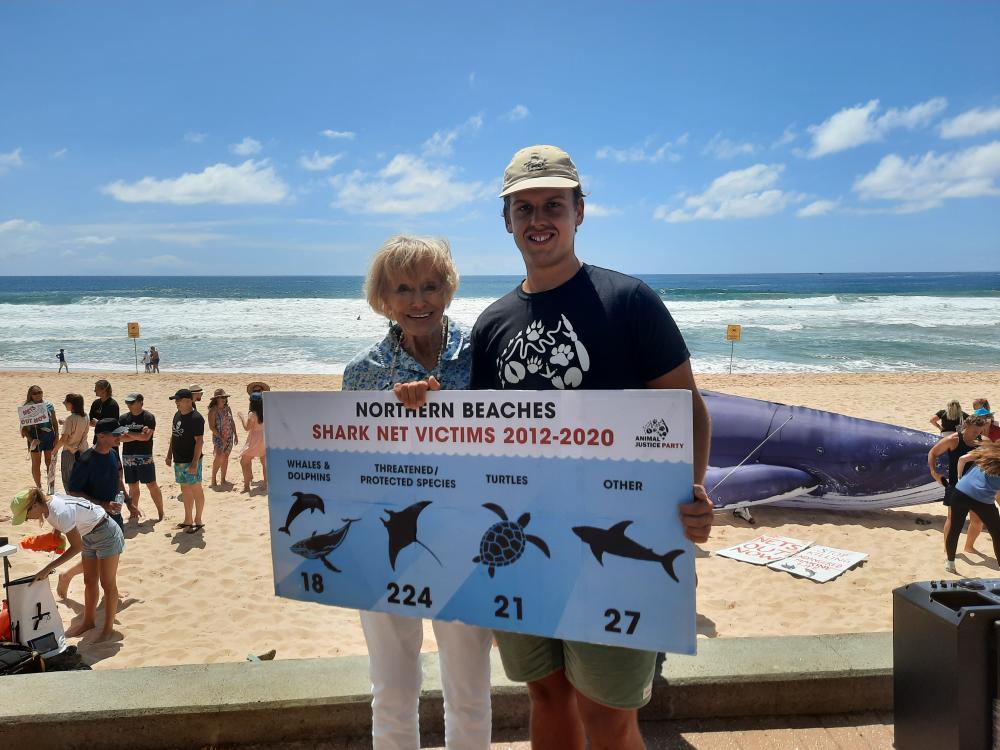
Valerie Taylor AM, 88, and Bailey Mason attended the Shark Nets Out Now protest at Manly on Saturday December 3rd, 2022